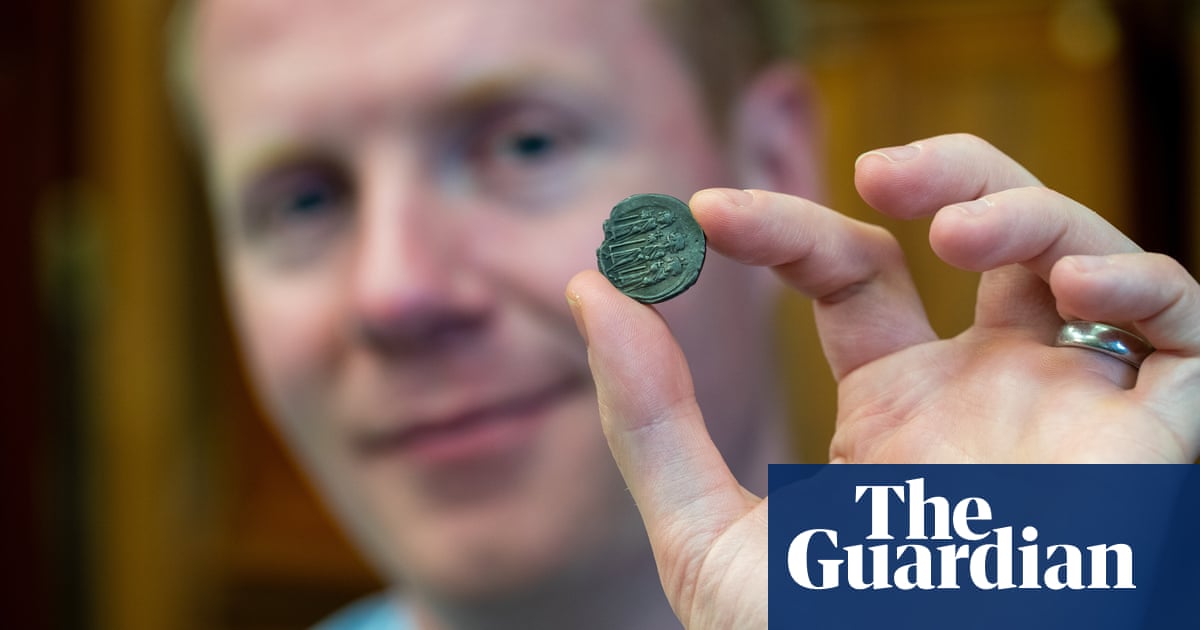This is the best summary I could come up with:
Several decades after the Sutton Hoo burial, starting in about AD660, there was a sudden rise in the number of silver coins in circulation in England, for reasons that have long puzzled archaeologists and historians.
“This was such an exciting discovery,” said Rory Naismith, a professor of early medieval English history at the University of Cambridge, one of the academics behind the study.
“Now we have the first archaeometric confirmation that Byzantine silver was the dominant source behind the great seventh-century surge in minting and trade around the North Sea.”
Intriguingly, the isotopic signature of the Byzantine silver showed it was already decades or more old – most likely it had been prized as a way to display its owner’s power and wealth.
The ruler honoured at Sutton Hoo, thought to be Raedwald of East Anglia, was buried with a collection of Byzantine silver bowls and other items which, if melted down, could have made 10,000 pennies, the authors say.
“It’s fair to say we were surprised by this result,” said Dr Jane Kershaw, an associate professor at Oxford University’s school of archaeology and the study’s lead author.
The original article contains 653 words, the summary contains 188 words. Saved 71%. I’m a bot and I’m open source!



